Role Physicist | Name Alexander Friedmann Spouse Natalia Malinina | |
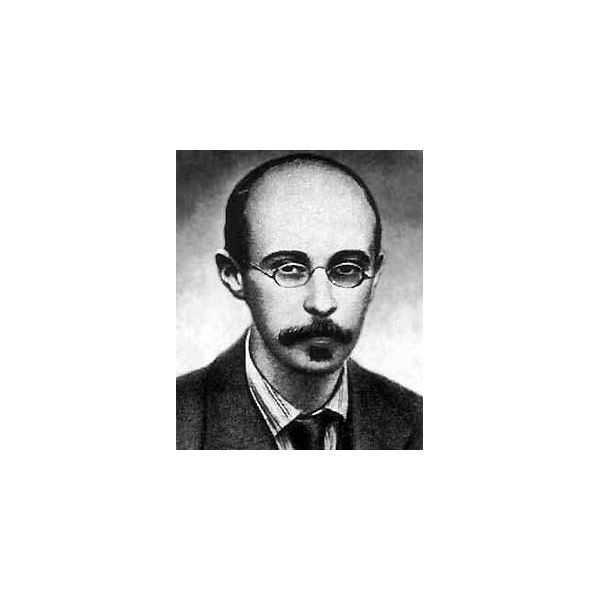 | ||
Born Alexander Alexandrovich FriedmannJune 16, 1888Saint Petersburg ( 1888-06-16 ) Institutions Perm State UniversityPetrograd Polytechnical InstituteMain Geophysical Observatory Doctoral students George GamowNikolai KochinPelageya Polubarinova-Kochina Books Proceedings of the Third Alexander Friedmann International Seminar on Gravitation and Cosmology: St. Petersburg, Russia, July 4-12, 1995 Similar People Georges Lemaitre, George Gamow, Anaxagoras | ||
Doctoral advisor Vladimir Steklov | ||
Alexander Friedmann
Alexander Alexandrovich Friedmann (also spelled Friedman or Fridman; Russian: Алекса́ндр Алекса́ндрович Фри́дман) (June 16 [O.S. 4], 1888 – September 16, 1925) was a Russian and Soviet physicist and mathematician. He is best known for his pioneering theory that the universe was expanding, governed by a set of equations he developed now known as the Friedmann equations.
Contents
- Alexander Friedmann
- Alexander Friedmann Research Video
- Early life
- World War I
- Professorship
- Relativity
- Hydrodynamics and meteorology
- Students
- Personal life
- Death
- Named after Friedmann
- Alexander Friedmann International Seminar
- Selected publications
- References
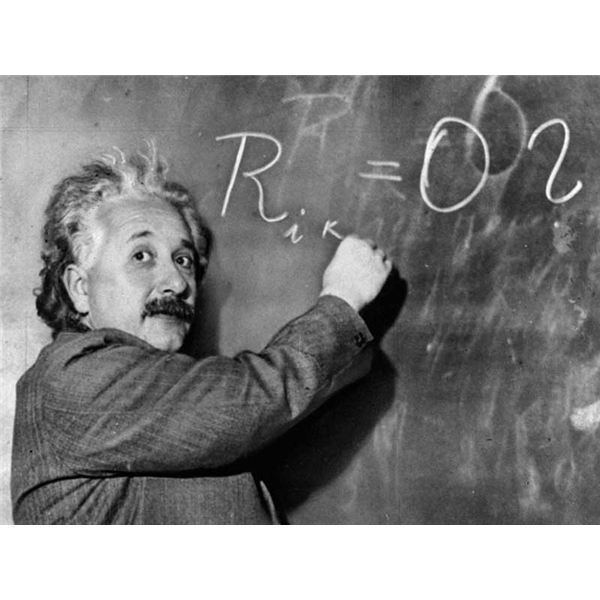
Alexander Friedmann Research Video
Early life
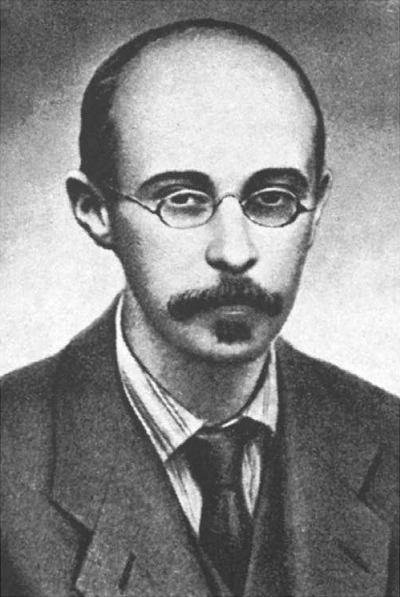
Alexander Friedmann was born to the composer and ballet dancer Alexander Friedmann (who was a son of a baptized Jewish cantonist) and the pianist Ludmila Ignatievna Voyachek. Friedmann was baptized into the Russian Orthodox Church as an infant, and lived much of his life in Saint Petersburg.
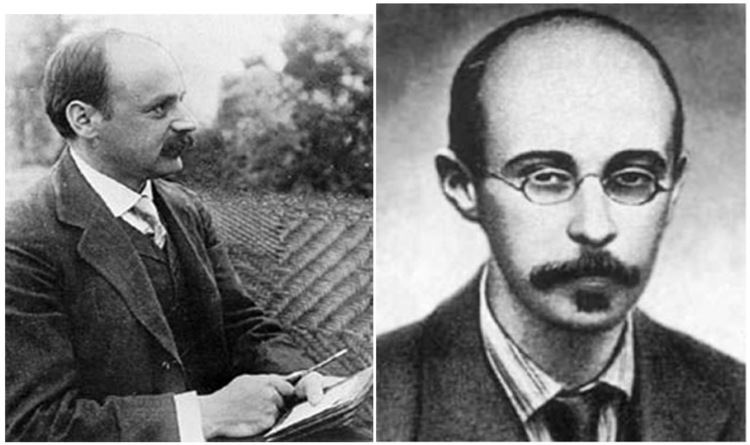
Friedmann obtained his degree in St. Petersburg State University in 1910, and became a lecturer in Saint Petersburg Mining Institute.
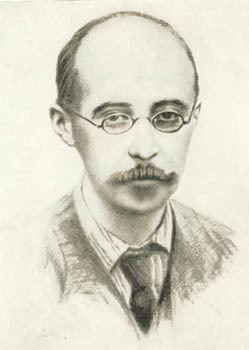
From his school days, Friedmann found an inseparable companion in Jacob Tamarkin, who at the end of his career was one of Brown University's most distinguished mathematicians.
World War I
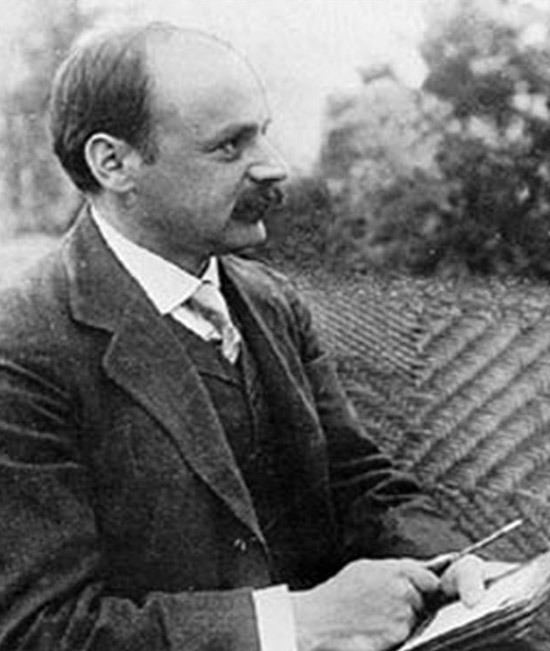
Friedmann fought in World War I on behalf of Imperial Russia, as an army aviator, an instructor and eventually, under the revolutionary regime, as the head of an airplane factory.
Professorship
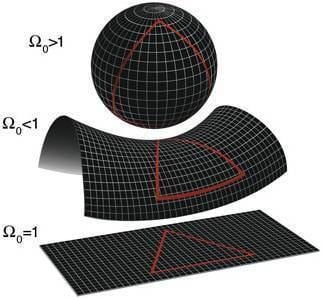
Friedmann in 1922 introduced the idea of an expanding universe that contained moving matter; Belgian astronomer Georges Lemaître would later independently reach the same conclusion in 1927.
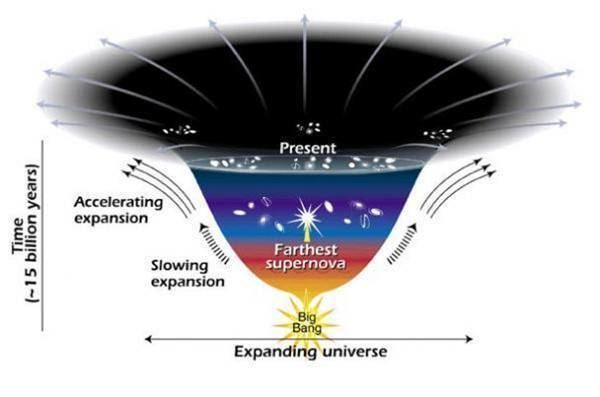
In June 1925 he was given the job of the director of Main Geophysical Observatory in Leningrad. In July 1925 he participated in a record-setting balloon flight, reaching the elevation of 7,400 m (24,300 ft).
Relativity
Friedmann's 1924 papers, including "Über die Möglichkeit einer Welt mit konstanter negativer Krümmung des Raumes" ("On the possibility of a world with constant negative curvature of space") published by the German physics journal Zeitschrift für Physik (Vol. 21, pp. 326–332), demonstrated that he had command of all three Friedmann models describing positive, zero and negative curvature respectively, a decade before Robertson and Walker published their analysis.
This dynamic cosmological model of general relativity would come to form the standard for both the Big Bang and Steady State theories. Friedmann's work supports both theories equally, so it was not until the detection of the cosmic microwave background radiation that the Steady State theory was abandoned in favor of the current favorite Big Bang paradigm.
The classic solution of the Einstein field equations that describes a homogeneous and isotropic universe is called the Friedmann–Lemaître–Robertson–Walker metric, or FLRW, after Friedmann, Georges Lemaître, Howard P. Robertson and Arthur Geoffrey Walker, who worked on the problem in 1920's and 30's independently of Friedmann.
Hydrodynamics and meteorology
In addition to general relativity, Friedmann's interests included hydrodynamics and meteorology.
Students
Physicists George Gamow, Vladimir Fock and Lev Vasilievich Keller were among his students.
Personal life
In 1911, he married Ekaterina Dorofeyeva, though he later divorced her. He married Natalia Malinina in the last years of his life. They had a religious wedding ceremony, though both were far from religious.
Death
Friedmann died on December 12, 1925 from misdiagnosed typhoid fever. He had allegedly contracted the bacteria on his way back from his honeymoon in Crimea.
Named after Friedmann
The moon crater Fridman is named after him.
Alexander Friedmann International Seminar
Alexander Friedmann International Seminar is a periodical scientific event. The objective of the meeting is to promote contacts between scientists working in the field of Relativity, Gravitation and Cosmology and related fields. The First Alexander Friedmann International Seminar on Gravitation and Cosmology devoted to the centenary of his birth took place in 1988.
